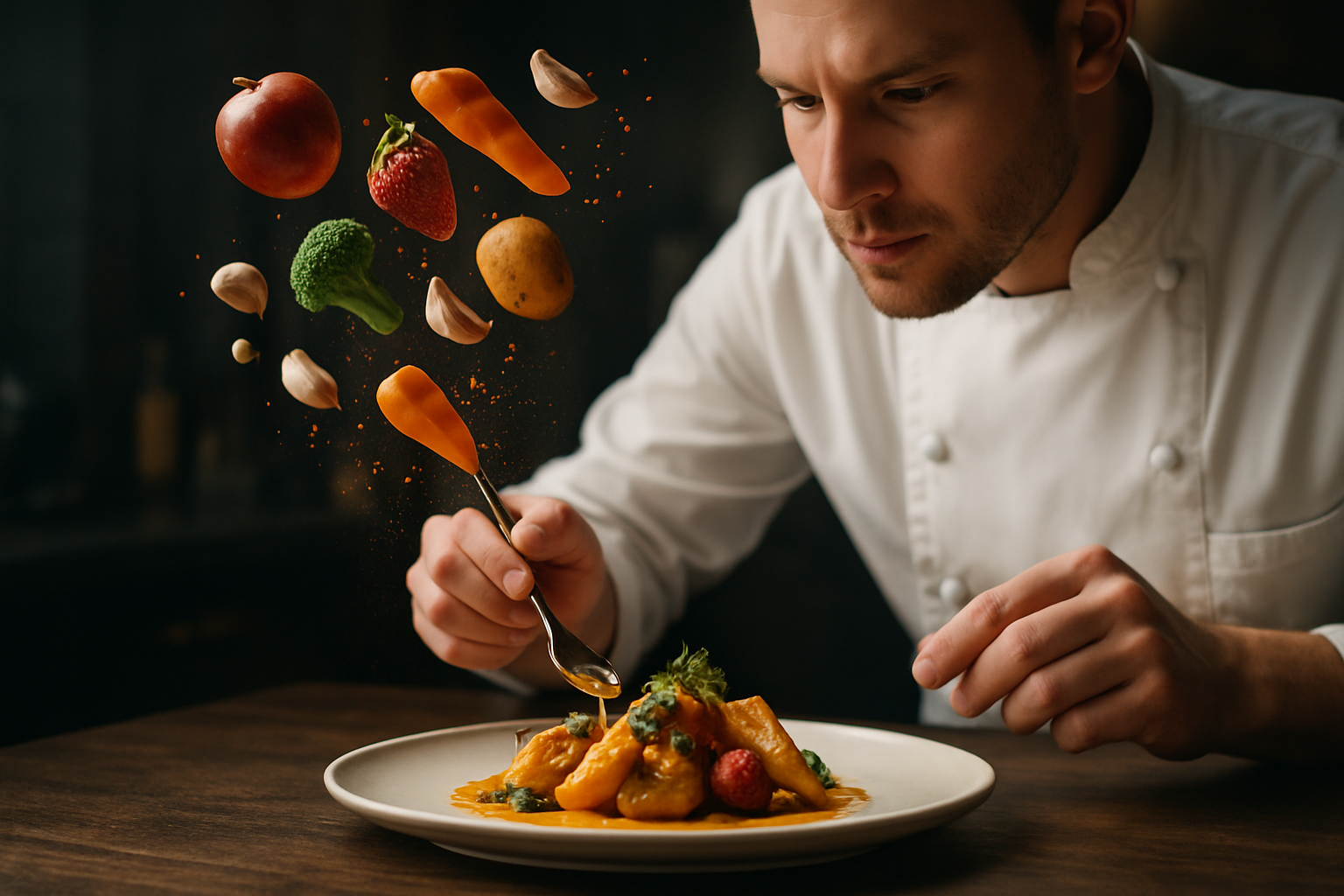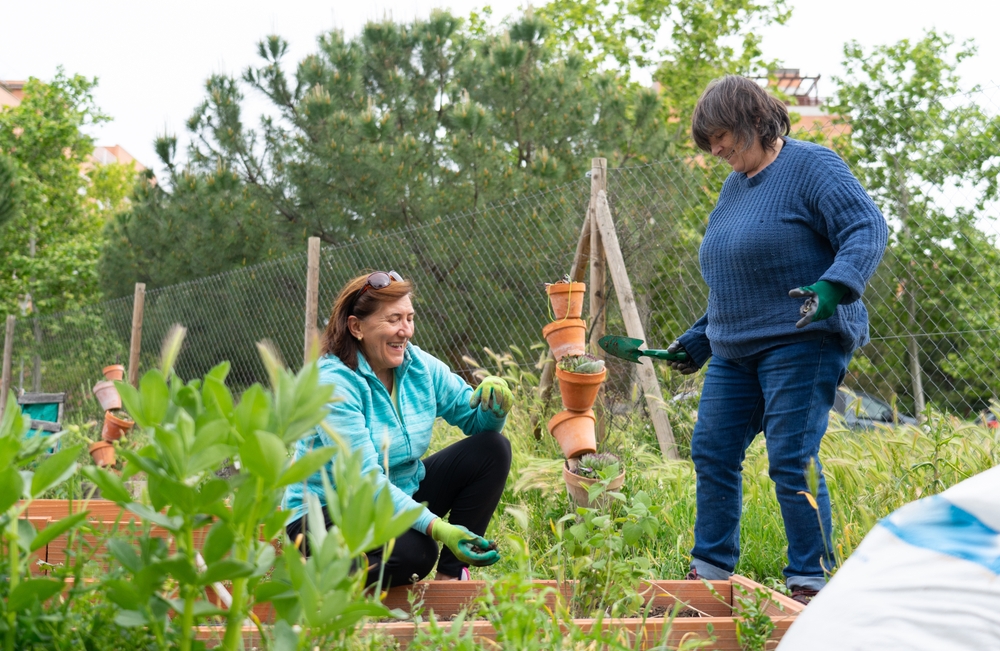Culinary Alchemy: Transforming Everyday Ingredients
Unlock the hidden potential of your pantry staples and turn ordinary meals into extraordinary culinary experiences. This journey into culinary alchemy will revolutionize your approach to cooking, inspiring you to experiment with flavors, textures, and techniques you never thought possible. Get ready to elevate your kitchen game and surprise your taste buds!

Flavor Pairing: The Science of Deliciousness
At the heart of culinary alchemy lies the intriguing science of flavor pairing. This concept goes beyond simply combining ingredients that taste good together; it delves into the molecular composition of foods to identify complementary flavor compounds. For example, the sulfur compounds in chocolate pair surprisingly well with the earthy notes of cauliflower, creating a unique and unexpected flavor combination. Understanding these scientific principles can help you create innovative dishes that tantalize the taste buds in new and exciting ways. Experiment with unconventional pairings like strawberries and basil, or coffee and orange, to discover flavor profiles that challenge and delight your palate. As you become more adept at identifying these molecular connections, you’ll find yourself creating dishes that are not only delicious but also intellectually stimulating.
Texture Transformation: From Solid to Foam
One of the most fascinating aspects of culinary alchemy is the ability to manipulate the texture of ingredients. This skill allows you to present familiar flavors in entirely new forms, creating a multi-sensory dining experience. For example, you can transform a simple carrot into a light and airy foam using a technique called spherification. This process involves combining the carrot juice with a gelling agent and then using a whipping siphon to create a delicate foam that retains the essence of the vegetable. Similarly, you can turn liquids into gels, create crunchy powders from fats, or even make edible “caviar” from fruit juices. These texture transformations not only add visual interest to your dishes but also provide an element of surprise and delight for your diners. By mastering these techniques, you’ll be able to create dishes that engage all the senses and elevate your culinary creations to new heights.
The Power of Fermentation and Aging
Fermentation and aging are powerful tools in the culinary alchemist’s arsenal, capable of transforming simple ingredients into complex, flavorful delicacies. These processes harness the power of beneficial microorganisms to break down foods, creating new flavor compounds and improving digestibility. For instance, aging cheese allows enzymes to break down proteins and fats, resulting in more intense flavors and unique textures. Similarly, fermenting vegetables not only preserves them but also creates a tangy, probiotic-rich food with enhanced nutritional value. Experimenting with different fermentation techniques can lead to exciting discoveries, such as homemade kombucha, kefir, or even fermented hot sauces. By embracing these ancient preservation methods, you can add depth and complexity to your dishes while also promoting gut health and sustainability in your cooking practices.
Molecular Gastronomy: Where Science Meets Cuisine
Molecular gastronomy represents the cutting edge of culinary alchemy, blending scientific principles with creative cooking techniques. This innovative approach to food preparation uses tools and ingredients typically found in chemistry labs to create mind-bending culinary experiences. For example, liquid nitrogen can be used to instantly freeze and shatter herbs, creating an intense burst of flavor when sprinkled over a dish. Edible films made from potato starch can be flavored and used as garnishes or even as edible packaging. By understanding the chemical properties of ingredients, chefs can manipulate them in ways that were previously unimaginable. While some molecular gastronomy techniques require specialized equipment, many can be adapted for home use, allowing you to bring a touch of avant-garde cuisine to your own kitchen. Embracing this scientific approach to cooking can open up a world of culinary possibilities and push the boundaries of what’s possible in the kitchen.
Useful Tips & Facts
• Umami, the fifth basic taste, can be enhanced by aging or fermenting ingredients.
• Sous vide cooking allows for precise temperature control, resulting in perfectly cooked proteins.
• Agar agar, a seaweed-derived gelling agent, can be used to create heat-stable gels.
• The Maillard reaction, responsible for browning in foods, creates hundreds of new flavor compounds.
• Lecithin, found in egg yolks and soybeans, is an excellent emulsifier for creating stable foams and sauces.
• Xanthan gum, a common food additive, can be used to thicken liquids without heat.
• Cold-smoking ingredients can add depth of flavor without cooking them.
• Dehydrating fruits and vegetables concentrates their flavors and creates new textures.
In conclusion, culinary alchemy is a fascinating field that combines science, creativity, and gastronomy to transform ordinary ingredients into extraordinary culinary experiences. By embracing these innovative techniques and principles, you can elevate your cooking to new heights, surprising and delighting your taste buds with each meal. Whether you’re experimenting with molecular gastronomy or exploring the wonders of fermentation, remember that the kitchen is your laboratory, and every dish is an opportunity for delicious discovery. So, don your chef’s coat and embrace your inner alchemist – the world of culinary transformation awaits!





